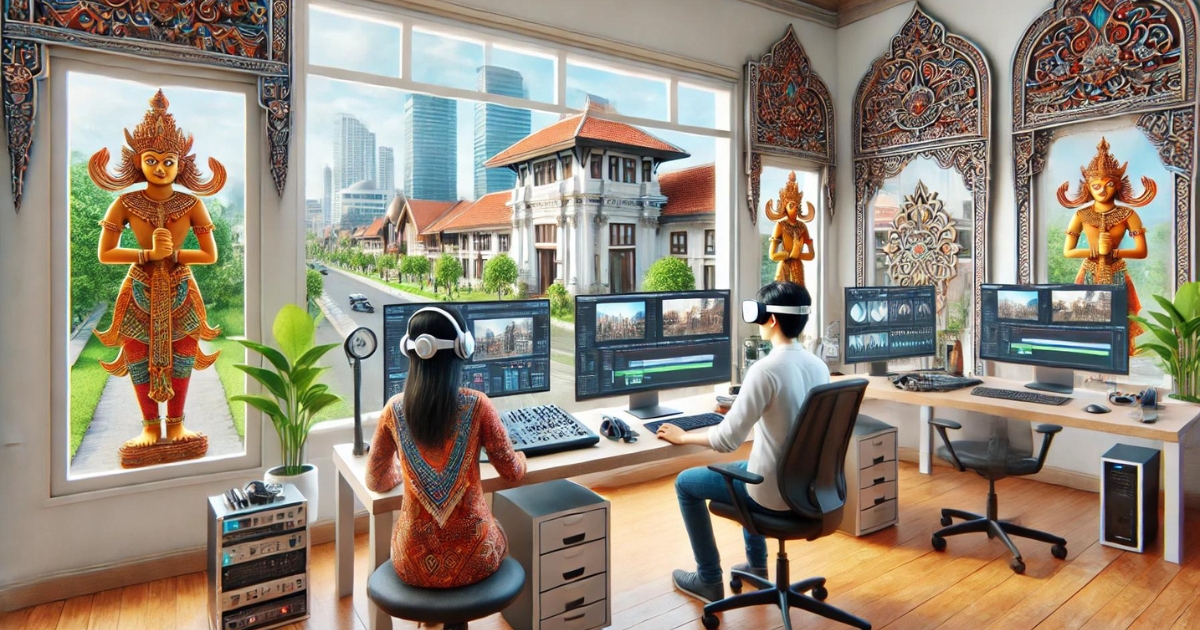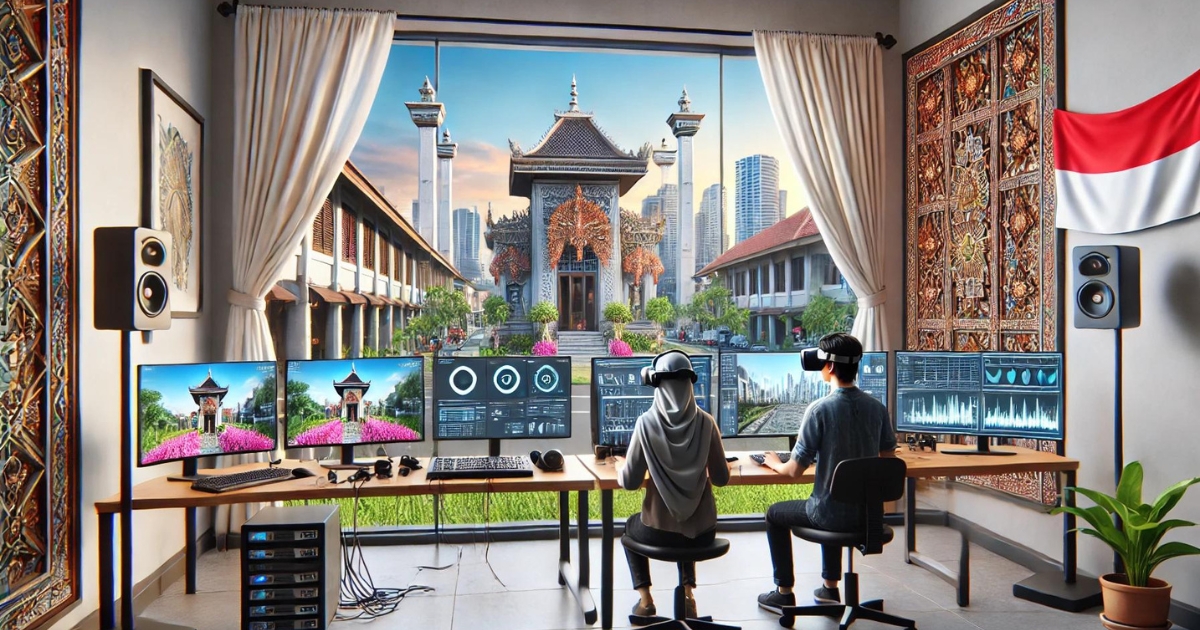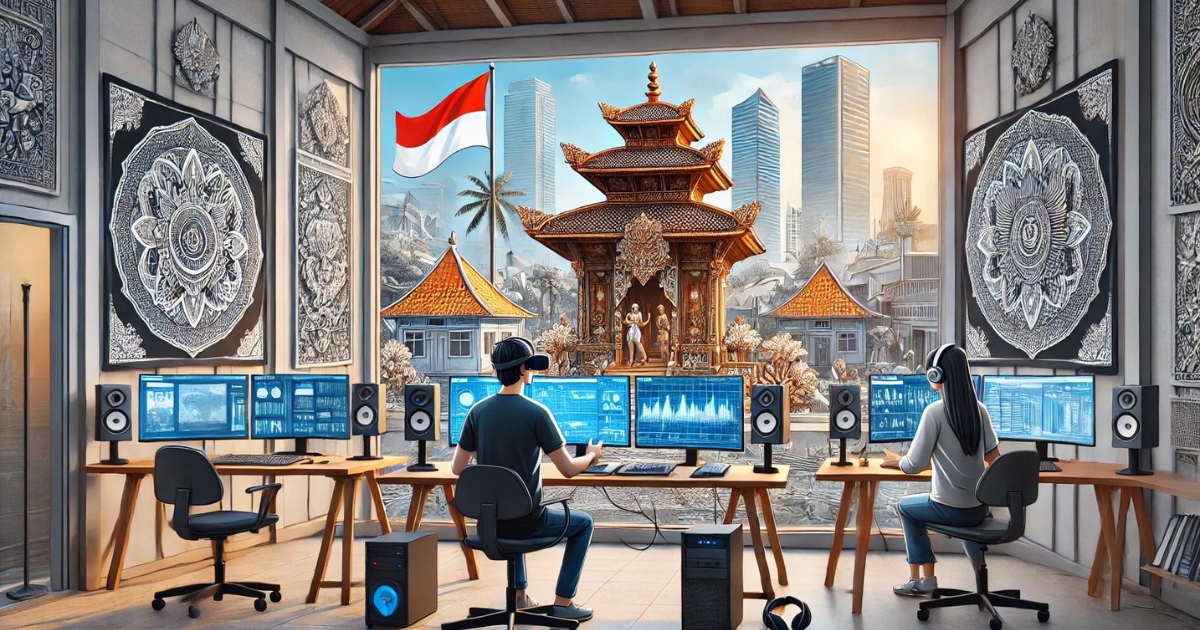AI-Driven Enhancements in VR Video Quality
Improving Resolution and Clarity
AI plays a crucial role in reality video editing for VR/AR, enabling the creation of immersive and realistic experiences. AI algorithms analyze and process video data, enhancing the quality and realism of the visuals. These algorithms can improve video resolution, reduce noise and artifacts, and enhance color grading, resulting in a more immersive experience for the user. AI also allows for real-time video processing, enabling interactive and dynamic content creation. Additionally, AI algorithms can optimize video compression techniques, reducing bandwidth requirements for VR/AR experiences. By leveraging AI in video processing, VR/AR developers can create visually stunning and engaging experiences that transport users to virtual worlds.
Noise Reduction and Artefact Removal
AI algorithms can significantly reduce noise and remove artefacts from VR videos, resulting in a cleaner and more polished final product. This is achieved through advanced machine learning techniques that can identify and eliminate unwanted elements from the video, enhancing the overall visual quality. By reducing noise and artefacts, AI helps to create a more immersive and enjoyable experience for the user.
Advanced Colour Grading
AI can also improve the colour grading of VR videos, making them more visually appealing and realistic. By analysing the video data, AI algorithms can adjust the colours to create a more balanced and natural look. This can enhance the overall aesthetic of the video, making it more engaging and enjoyable for the viewer. Additionally, AI can automate the colour grading process, saving time and effort for video editors.
Automating the VR Video Editing Process with AI

AI is revolutionising the way VR videos are edited. By using machine learning, editors can now automatically enhance and organise their footage. This not only saves time but also ensures a higher quality of output. AI-driven software can quickly analyse large amounts of footage and assemble it into a coherent final product. This reduces the effort needed for manual editing.
Machine learning can identify key moments and transitions, making the editing process smoother. It can also sort and organise clips intelligently, ensuring that the best parts are highlighted. This helps in streamlining the narrative flow, making the final video more engaging and easier to follow.
Integrating AI with VR/AR for Immersive Experiences

Blending AI with VR and AR technologies creates a truly immersive experience. AI algorithms enhance AR overlays and visual recognition in VR environments, making them more realistic and interactive. This combination allows for the creation of captivating virtual worlds that respond to user actions in real-time. By integrating AI, VR/AR experiences become more engaging and lifelike, providing users with a seamless and interactive environment.
Real-World Applications of AI in VR/AR Video Production
Industry-Specific Use Cases
AI is transforming various industries by enhancing VR/AR video production. In healthcare, it helps create realistic training simulations for medical professionals. The education sector benefits from immersive learning environments, making complex subjects easier to understand. Entertainment and gaming industries are also leveraging AI to create more engaging and interactive experiences.
Marketing and Analytics
In marketing, AI-driven VR/AR videos offer personalised and interactive advertisements, capturing the audience’s attention more effectively. Companies use AI to analyse user interactions within these virtual environments, gaining valuable insights into consumer behaviour. This data helps in refining marketing strategies and improving customer engagement.
Future Trends and Innovations
The future of AI in VR/AR video production looks promising, with continuous advancements on the horizon. Emerging technologies like AI-driven content creation tools and real-time rendering are set to revolutionise the industry. Innovations in AI will likely lead to even more immersive and realistic virtual experiences, pushing the boundaries of what is possible in VR/AR.
Conclusion
In conclusion, AI is changing the way we edit and enhance VR videos, making the process faster and the results better. AI tools help improve video quality, making the visuals clearer and more lifelike. They also save time by automating many editing tasks. As AI continues to grow, we can expect even more exciting changes in VR video editing. This means more amazing and immersive experiences for everyone.




